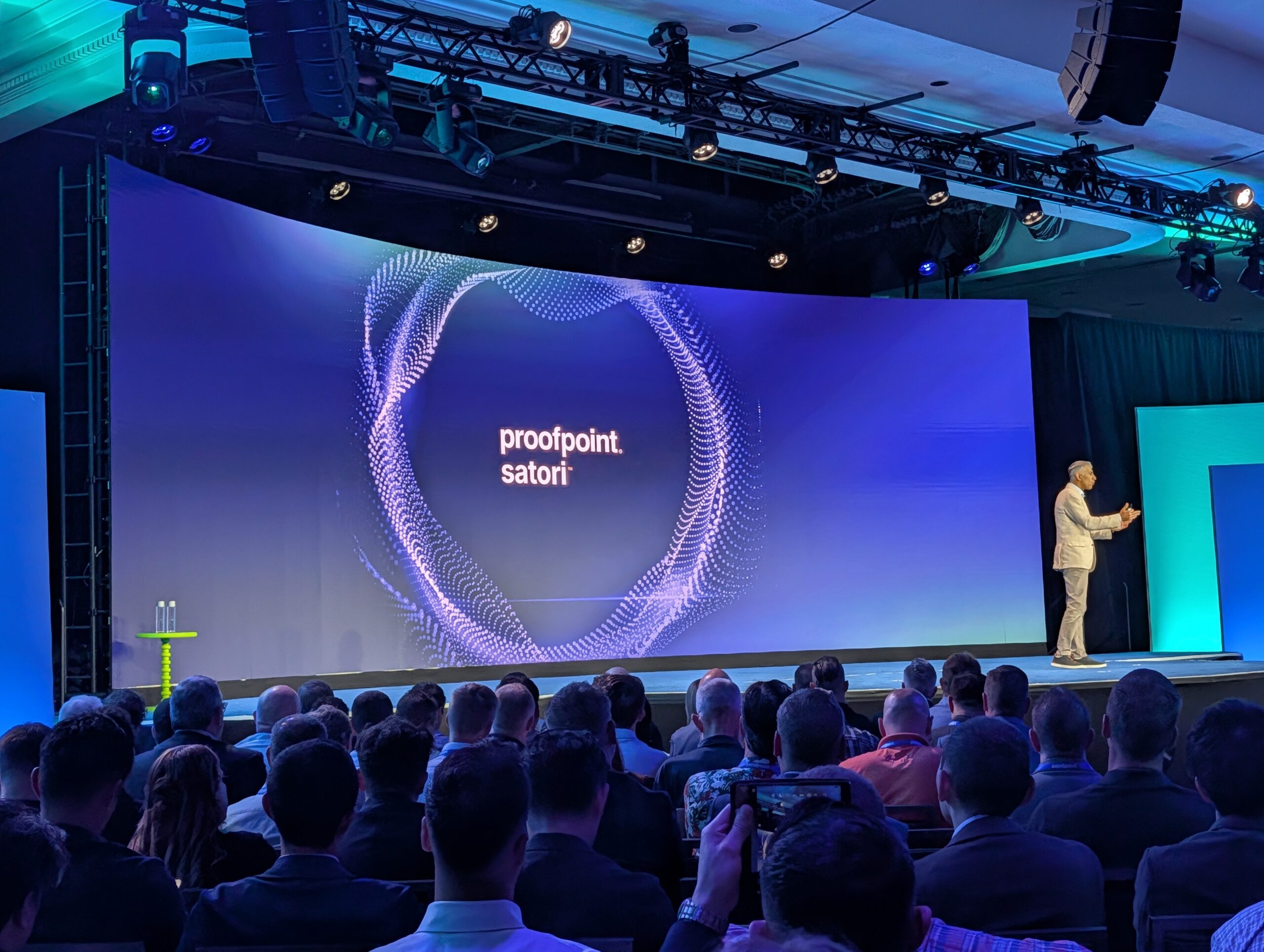
"Proofpoint has actually built its AI strategy around three pillars, enabling the platform to benefit from the technology across the board. The company aims to provide the best threat detection to protect people and data within organizations effectively. To this end, Proofpoint launched a series of AI models called Nexus during last year's Protect conference. Since these Nexus models run within the human-centric security platform, they are constantly updated to provide the latest protection."
"Proofpoint has been utilizing machine learning models in its solutions since its founding in 2002. However, the effectiveness of models has increased significantly in recent years, according to Frendo and Rapp. The advent of generative AI has had a particular impact on this. The company now achieves a detection efficiency of 99.99 percent. As a result, the majority of attack attempts can be detected at the basic level."
"To achieve this, the company uses a phased approach to email security. Simple detection methods first filter out known threats. More complex AI models then come into play for refined analysis. This approach prevents emails from being held unnecessarily long for inspection. "We have different AI models that detect specific things, such as context models and sentiment models," says Frendo. The focus is on effective detection within short processing times."
Human-centric security prioritizes protecting people because most cyberattacks begin with human interaction. Proofpoint established an AI strategy around three pillars and deployed Nexus models that run inside the platform with continuous updates. Years of machine learning plus generative AI improvements yield a reported 99.99 percent detection efficiency, allowing most attacks to be caught at a basic level. Email security uses a phased approach where simple filters remove known threats and advanced AI models perform refined analysis to avoid delays. Multiple specialized models address context and sentiment, and detection is expanding to other communication channels.
Read at Techzine Global
Unable to calculate read time
Collection
[
|
...
]